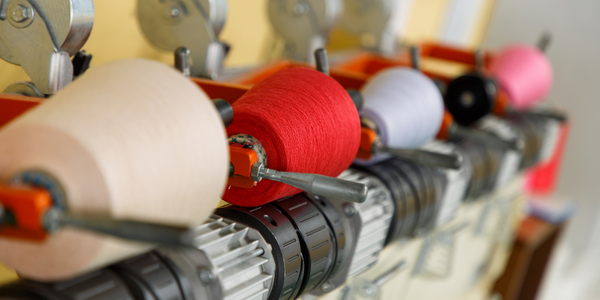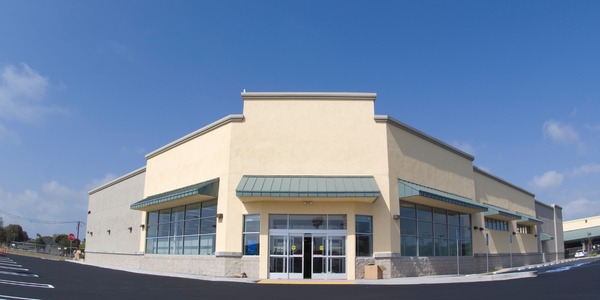公司规模
Large Corporate
地区
- Europe
国家
- Germany
产品
- DocuWare
- Virtual ReScan software
- KV-S 6040 W Panasonic scanner
技术栈
- AS/400 system
- Barcode technology
实施规模
- Enterprise-wide Deployment
影响指标
- Cost Savings
- Customer Satisfaction
- Productivity Improvements
技术
- 应用基础设施与中间件 - 数据交换与集成
适用行业
- 服装
适用功能
- 离散制造
- 销售与市场营销
用例
- 库存管理
- 供应链可见性(SCV)
服务
- 系统集成
- 数据科学服务
关于客户
FALKE 是一家服装公司,自 1981 年起开始运营。该公司自 1997 年以来一直以数字方式存储其文档。该公司每天生成一千张外发发票,仅纸质发票就足以填满整个文件。它们是从 COLD 数据打印出来的。除此之外,每天还有 50 份客户文档、每月 2,000 本分类账、每年 70,000 份账户清单,以及每年 50,000 张收款发票、20,000 份内部文档和 15,000 份用于信用转账或支票的付款文档。每年总计有 50 万份文档,保留期长达 10 年。财务会计、控制、销售和分销、采购和退货部门共有 50 名员工需要访问存档文档。这个数字包括子公司工厂的员工。外发发票是在 AS/400 系统上创建的,但每个部门都使用自己的特殊应用程序。
挑战
服装公司 FALKE 自 1997 年以来一直在服务提供商的帮助下以数字方式存储其文档。然而,由于文档一周内都无法获取,客户查询不得不被搁置,因此这一流程效率不高。数据访问并不方便用户,也无法从工作站访问。因此,副本通常存储在部门和工作站本地档案中。FALKE 还在寻找一种可以随时间扩展的系统,允许分阶段连接国外销售公司,允许从各个部门的应用程序直接访问文档,并引入工作流程以优化文档处理时间。该公司每天生成一千张外发发票,仅纸质发票就足以填满整个文件。它们是从 COLD 数据打印出来的。除此之外,每天还有 50 份客户文档、每月 2,000 本分类账、每年 70,000 份账户清单,以及每年 50,000 份收款发票、20,000 份内部文档和 15,000 份用于信用转账或支票的付款文档。每年总计有 50 万份文件,保存期限长达 10 年。
解决方案
FALKE 实施了 DocuWare 来存储其内部文档。所有文档都存档在中央 DocuWare 文档池中,授权员工可直接从工作站立即访问这些文档。下一步将涉及通过互联网向子公司员工或现场销售员工提供访问权限。主工厂发出的发票在从 AS/400 系统打印后立即自动存档。索引信息直接从数据流中读取。它们可以存档为 COLD 文件,节省大量空间。子公司发出的发票使用特殊的打印驱动程序转换为 TIFF,然后自动存档。收到的发票和其他纸质文件带有条形码,其中包含编码格式的文件或客户编号。扫描后,条形码可用于传输来自其他程序的索引数据;例如,将索引数据和会计软件中的所有其他主要数据发布到收到的发票中。Kofax 经 DocuWare 认证的 Virtual ReScan 软件确保文件的完美可读性。
运营影响
数量效益

Case Study missing?
Start adding your own!
Register with your work email and create a new case study profile for your business.
相关案例.

Case Study
Fire Alarm System and Remote Monitoring Sytem
Fire alarm systems are essential in providing an early warning in the event of fire. They help to save lives and protect property whilst also fulfilling the needs of insurance companies and government departments.Fire alarm systems typically consist of several inter-linked components, such as smoke detectors, heat detector, carbon monoxide, manual call points, sounders, alarm and buzzer. The fire alarm system should give immediate information in order to prevent the fire spread and protect live and property.To get maximum protection a shoe manufacturer in Indonesia opted for a new fire alarm system to monitor 13 production sites spread over 160 hectars. Although the company had an existing fire alarm system, it could not be monitored remotely.It was essential that the new system would be able to be monitored from a central control room. It needed to be able to connect to the existing smoke detector and manual call point. Information should be easily collected and passed on to the Supervisory Control and Data Acquisition (SCADA) system. Furthermore, the system should have several features such as alarm management, auto reporting, being connected to many client computers without additional cost, and run 24/7 without fails. The company also needed a system which could be implemented without changing the architecture of the existing fire alarm system.

Case Study
IoT Applications and Upgrades in Textile Plant
At any given time, the textile company’s manufacturing facility has up to 2,000 textile carts in use. These carts are pushed from room to room, carrying materials or semi-finished products. Previously, a paper with a hand-written description was attached to each cart. This traditional method of processing made product tracking extremely difficult. Additionally, making sure that every cart of materials or semi-finished products went to its correct processing work station was also a problem. Therefore, the company desired an intelligent solution for tracking assets at their factories. They also wanted a solution that would help them collect process data so they could improve their manufacturing efficiency.

Case Study
Retailer Uses RFID Scanner to Improve Efficiency
Patrizia Pepe wished to improve the logistics of their warehouse: accepting incoming goods from their production sites, movement of items throughout
the warehouse, and packaging of goods for distribution to the retail locations. They initially tried to use barcodes for this function. Because barcodes must be individually scanned within a line-of-sight, the acceptance of goods coming into the warehouse was too time consuming. Working with the University of Florence, Patrizia Pepe instituted a five-month pilot project beginning in August of 2009 to test the validity of an RFID solution. The pilot involved tagging of about 60,000 items for the second seasonal collection, and convinced the company to move forward with tagging all items.

Case Study
Monitoring and Controlling Automatic Mixing and Dispensing Machines
As technology advances, textile manufacturing has been transformed from a labor-intensive to a partially or fully automated industry. Automation is significant in all segments of textile production - from spinning to printing, and textile machinery manufacturers are constantly searching for new technologies and automation processes will increase the productivity of their machines. The color paste mixing and dispensing machine is an essential part of the printing and dyeing process. With the advantage of automatically computerized controls and database management, the system can significantly improve its dispensing precision, working efficiency and production quality as well as reducing material consumption.









